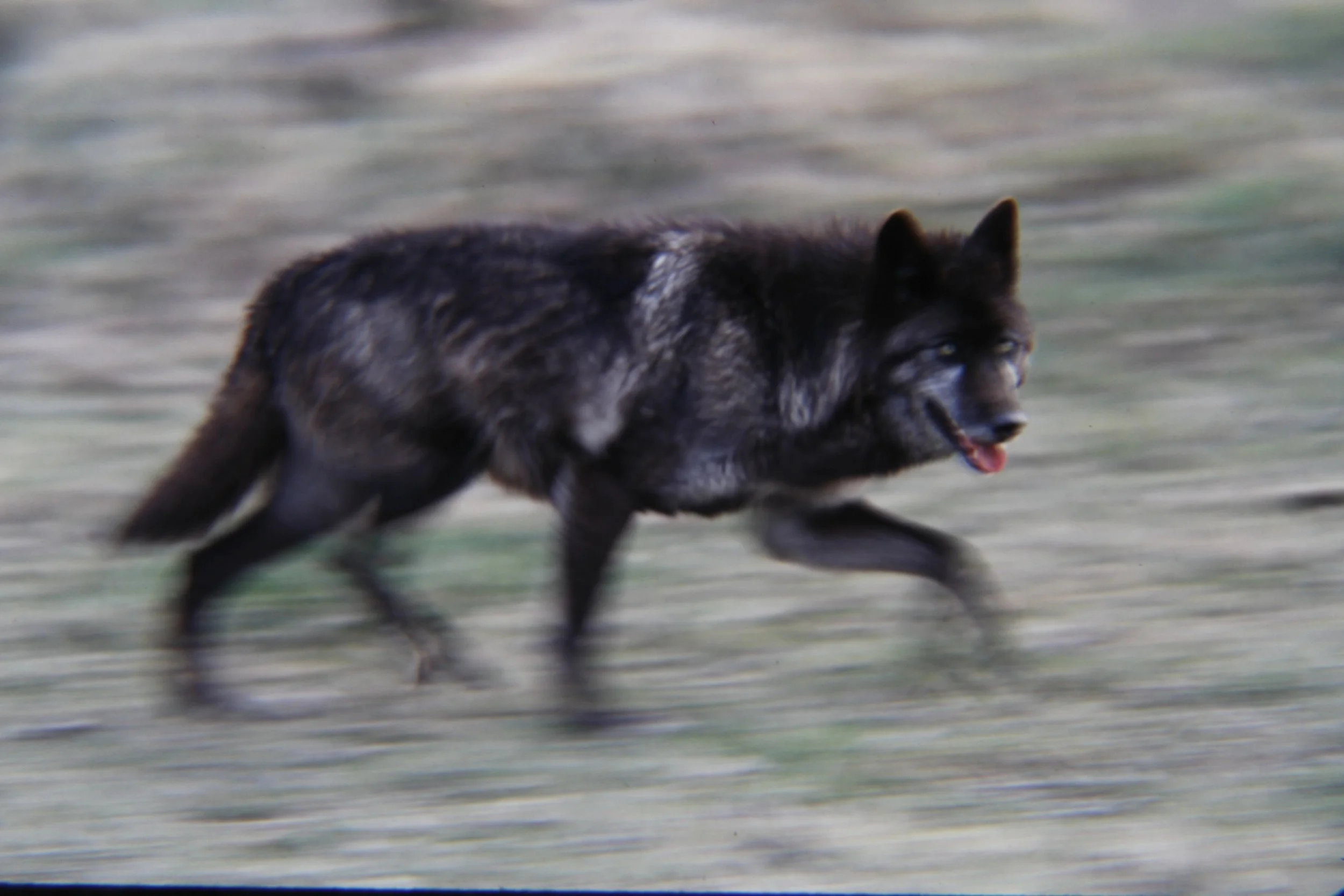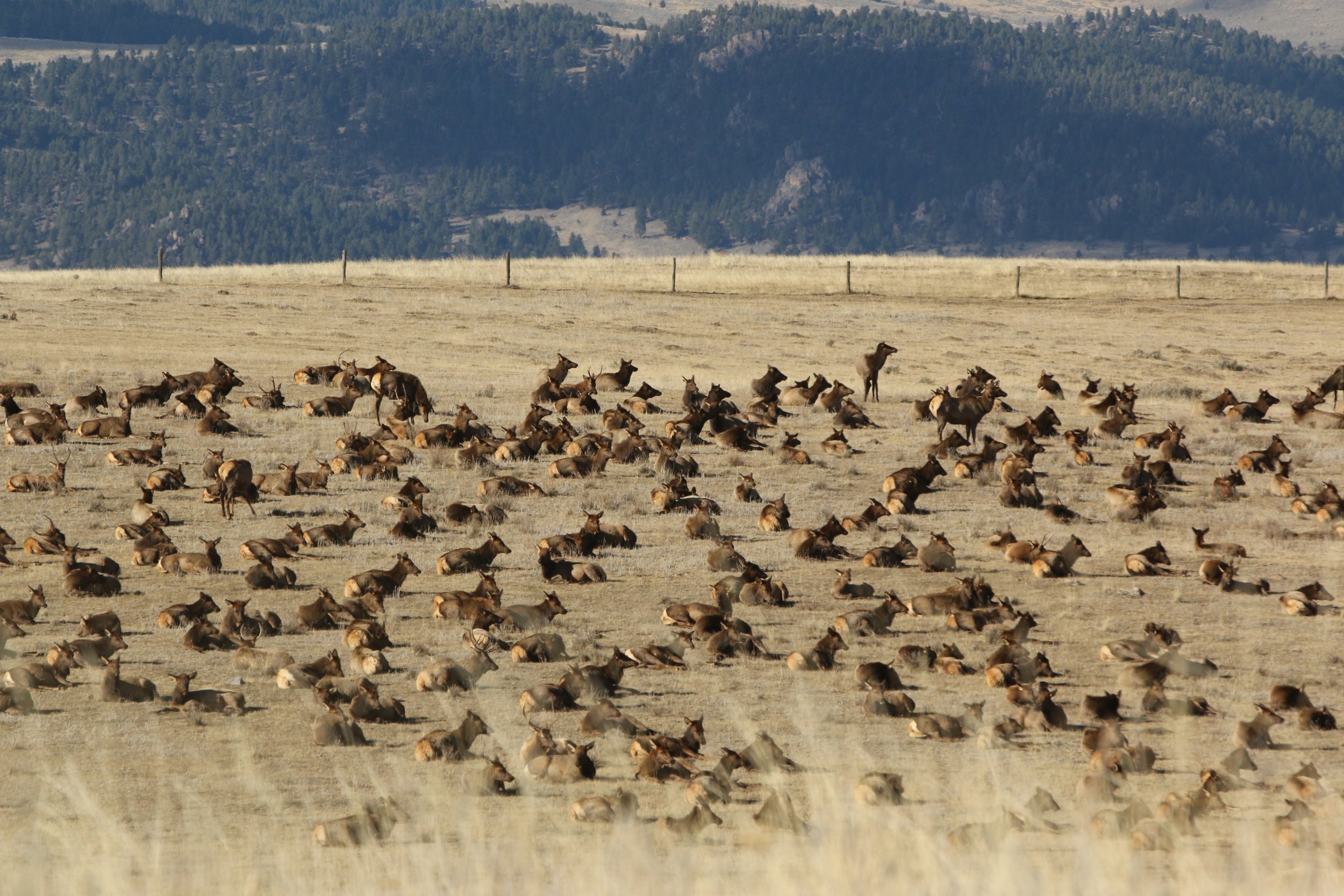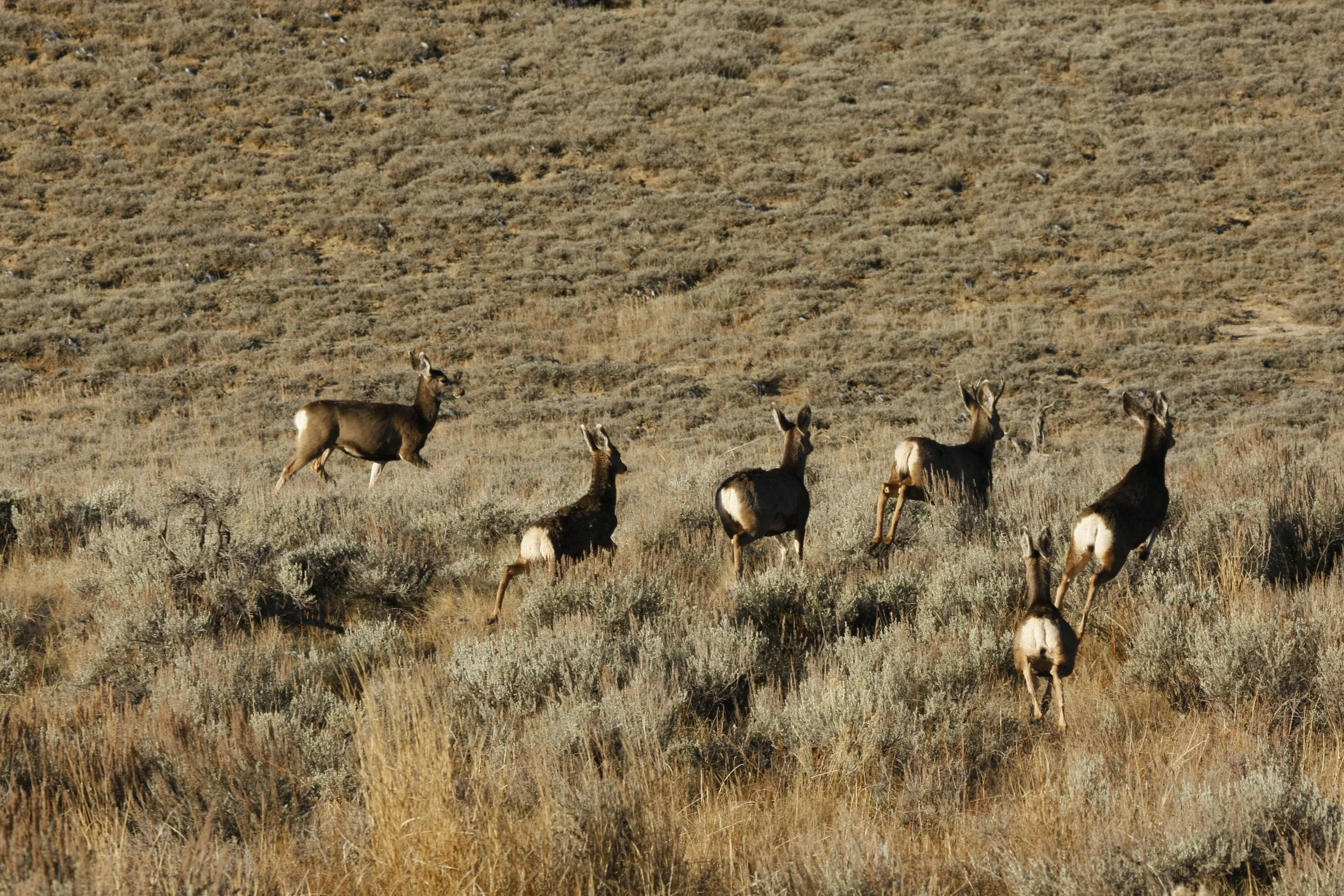Another Wolf Fiasco
Here we go again. Wasting money to "save" an "endangered" species that isn't truly endangered. And the social/environmental/economic costs will be huge.
Don't misinterpret. I think wolves are an essential, working part of the natural world. I'm not so arrogant to think I know better than God/Nature. But common sense combined with a bit of history, old and recent, should suggest that yet another acme predator introduction into another state, Colorado, will come at a huge price in time, money, and resources that likely won't result in a significant improvement in the biotic community.
Unintended Consequences
It could have the opposite effect.
How can that be? Wolves are native, natural, necessary. How can they hurt the biotic community? Forgetting the lost revenue that supports wildlife management (hunting license sales to hunters) and the lost organic meat/protein (whitetails, mule deer, elk, moose, etc.), let’s consider sacrifices other wildlife will be forced to make to support this wolf introduction. I heard from a wolf researcher a decade ago that every "reintroduced" wolf in Montana was costing taxpayers an average of $1 million. And many if not most were eventually killed (by the govt.) to prevent additional livestock depredation.
Whether that is accurate or not, taxpayers do pay to produce wolves, then to eliminate them in an endless cycle. Meanwhile native prey populations tumble, outfitters go belly up, F&G agencies lose license/tags sales, and dozens of other, less dramatic endangered species lose their funding. Fewer conservation projects are completed. Less habitat can be bought, saved, or enhanced.
The Truly Endangered Beg for Funding
Let’s get real. Truly endangered species teeter on the brink of extinction due to limited habitat. Sometimes it's disease, sometimes overuse (commercial fishing, timber harvest, etc.) But most often it's because we've razed the forests, plowed the grasslands, flooded the valleys, drained the swamps, paved the fields, and saturated them with various and sundry herbicides and pesticides. Thus we have many more endangered insects, flowering plants, sedges, reptiles, fish, and songbirds than traditionally hunted/fished species.
Such endangered life forms require major corrective procedures and habitat restoration/protection. But that requires $. Too much of which is being wasted on wolves which arguably don’t need it. Again, nothing against wolves being an integral part of the territory in which they traditionally roamed, but funding their spread before we fund restoration of the larger biotic community into which we drop them is foolish, extravagant, and possibly counterproductive to species diversity.
Why Wolves Are Not Endangered
First, wolves roam the north country in the tens of thousands. Second, they do not have a shortage of habitat. Unlike many species, wolves can live from the southwest deserts to the high Arctic. They can subsist on any meat from small rodents to bison. And that introduces the fly in this reintroduction soup…
The Missing Link
A major reason wolves can be introduced and survive in the lower 48 states is because hunters via the North American Model of Wildlife Conservation have funded and supported the restoration of wildlife habitat and large ungulates from deer to elk and moose. These animals are largely what wolves are eating. What’s missing, however, is the keystone species, bison. Millions upon millions of bison. Why? Because they weigh as much as 2,000 pounds and eat vegetation. Farmers and ranchers can tolerate a few deer, pronghorns, and even elk eating their crops, but draw the line at bison. People will tolerate free roaming/foraging deer, even elk and moose, but bison on the highway or backyard? Not so much. That’s why we haven’t been able to come close to restoring bison to their historic habitat.
Bison were the keystone species, the linchpin in the grasslands ecosystems of North America. They converted abundant grasses into abundant meat, thence into wolves. Estimates put the historic Great Plains herd size at 30 million, and wolves ended up eating most of them.
Today bison exist in relatively small numbers and mostly in private herds behind strong fences. Roughly 500,000 are extant. How many wolves can those support? The rest of our grasslands are gleaned by domestic cattle, perhaps 1.2 million elk, a million pronghorn, 4 million mule deer, 20 to 30 million whitetails, perhaps 300,000 moose, and darn few wild sheep. Those aren’t enough to fill wolf bellies. We can’t ask them to fill in the shortfall of some 29 million bison. Impossible.
Sacrificing on the Altar of the Wolf
Unless we are willing to sacrifice a huge percentage of our larger ungulates, including domestic livestock and feral horses, we must either manage (kill) wolves to control their numbers in some sort of balance with available prey or stop introducing wolves into every acre they historically roamed until we’ve restored their prey base. Wolf advocates have repeatedly demonstrated their unwillingness to permit scientific management of wolf populations in balance with the prey base and landowner tolerance. They routinely throw up road blocks and court injunctions. They simply refuse to recognize scientific management.
Colorado made the initial mistake of allowing wildlife management by popular opinion rather than science. Coloradans must now prepare to lose much of their elk, mule deer, moose, possibly pronghorn, and even wild sheep to wolf predation. Simultaneously, they should prepare to suffer a reduction in management programs needed to maintain or restore other wild species including some that are truly endangered by habitat loss.
For more on this topic:
https://miaanstine.com/2023/01/30/comment-today-on-colorado-wolf-management-plan/







